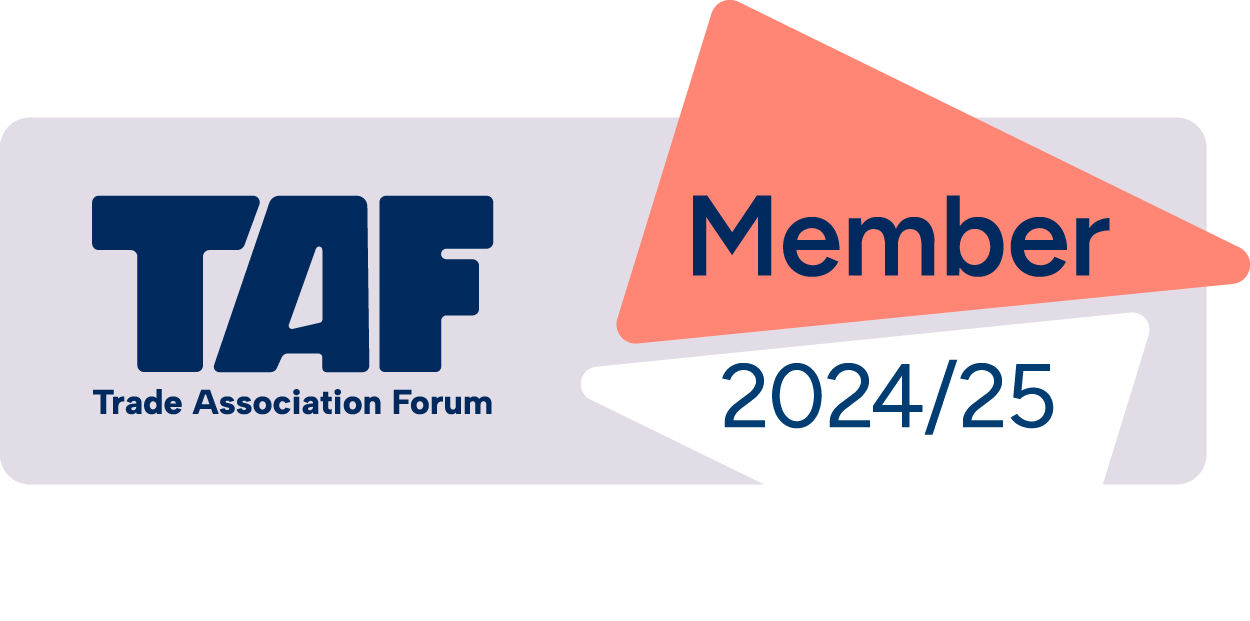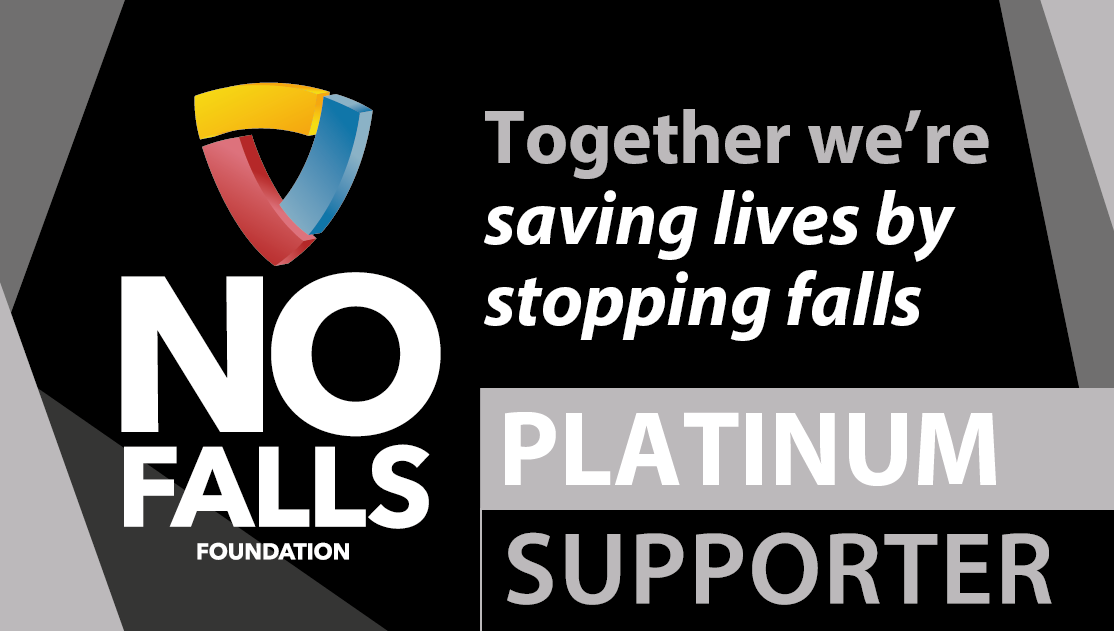Planning is a vital part of working safely. When you intend to use ladders, your risk assessment should consider:
• Site
• Task
• Equipment
• People
To make this easier to remember, the factors to consider are contained in the acronym STEP:
Site
When positioning a ladder, is the ground or resting surface suitably dry, flat, strong and secure? If not, you must adapt the surface or take other measures to prevent the ladder becoming unstable.
Task
You should not undertake a task using a ladder or stepladder which will require you to work continuously for more than 30 minutes at a time.
Equipment
If it’s right to use a ladder, use the right ladder to the correct classification, position it properly and inspect and maintain it in good working order. To make sure you are safe it’s important that you use the right type of portable ladder for the job. One way you can do that is to make sure it meets the current design standard – EN 131. The EN131 standard has two classes – Professional and Non-Professional:
Professional
Professional ladders must be used in the workplace. They are specifically designed to be more durable than Non-Professional ladders, so they may be more expensive and a bit heavier. They can also be used by domestic users who choose to use them in their homes.
Non-Professional
Non-Professional ladders are intended and designed for use only by domestic users in their homes. They are not intended or suitable for use in the workplace.
Both the Professional and Non-Professional ladders have the same 150kg maximum total load, that’s the total weight of the user, their clothing, protective equipment, tools and materials. The difference between the two classes is their durability.
People
Make sure the person using the ladder is competent to do so through a combination of knowledge, training and experience. The Work at Height Regulations state that: “Every employer shall ensure that no person engages in any activity including organisation, planning and supervision in relation to work at height or work equipment for use in such work until he or she is competent to do so, or, if being trained, is supervised by a competent person.”
The Ladder Association’s Code of Practice covers all these points in detail. Find out more here.








